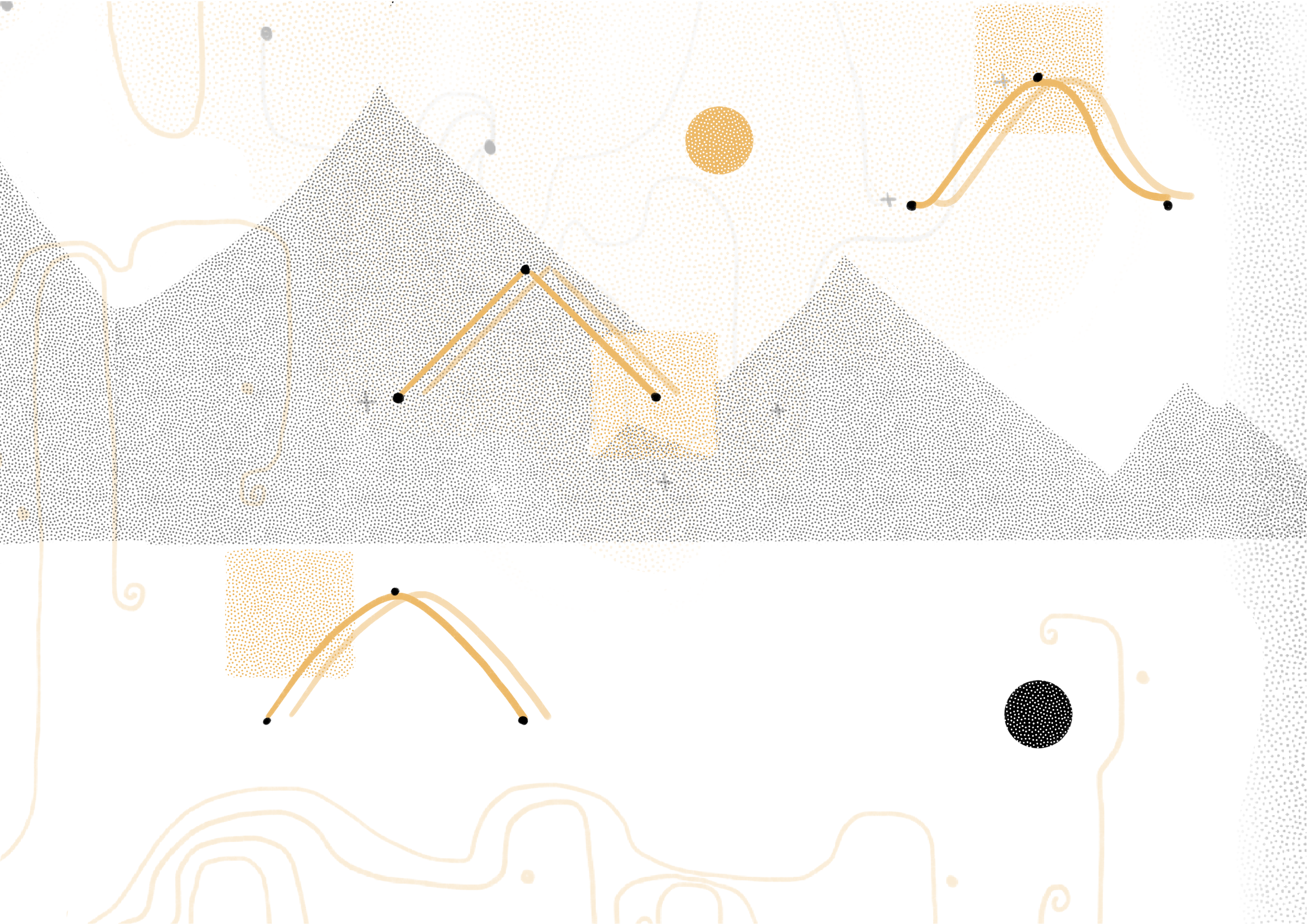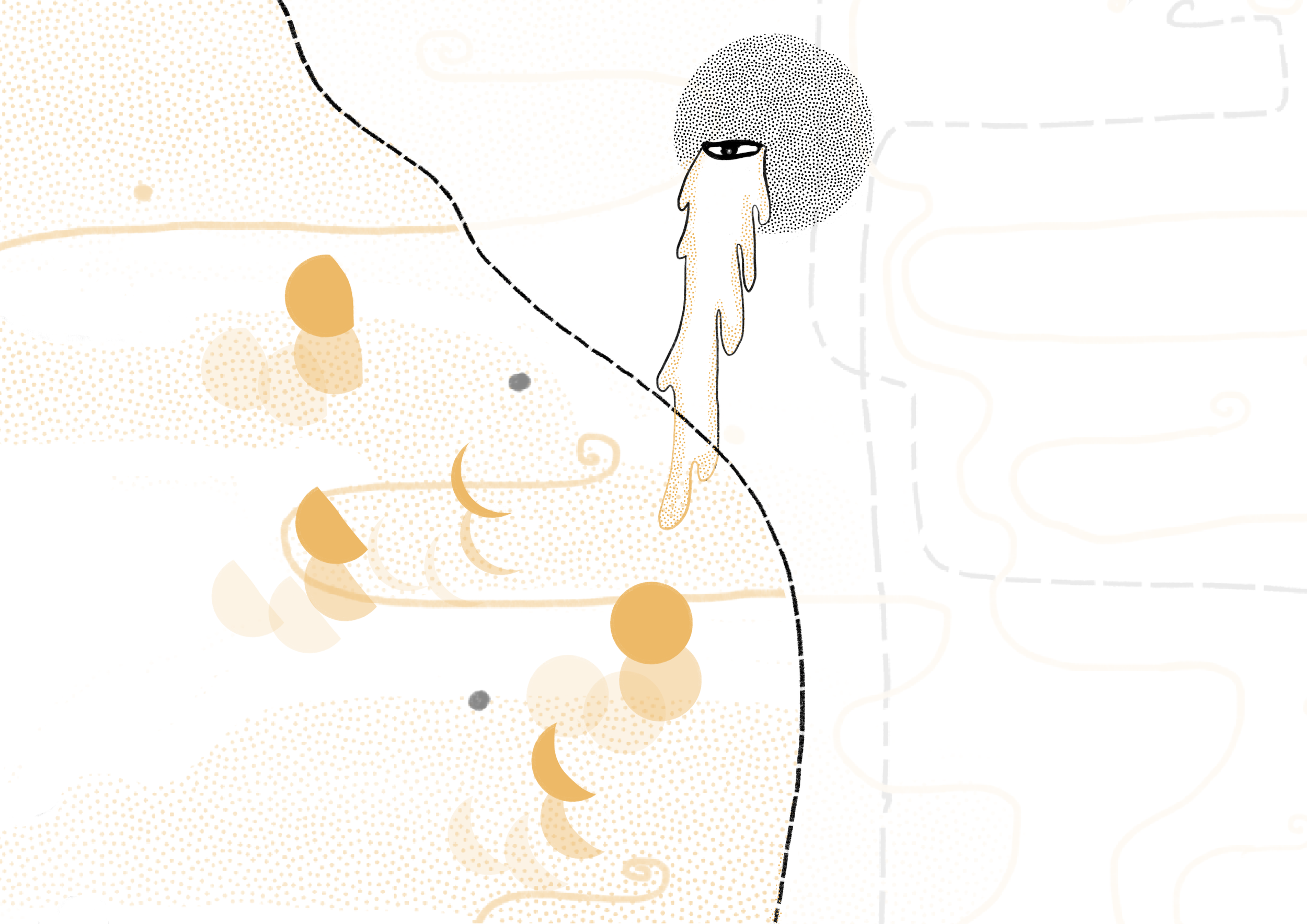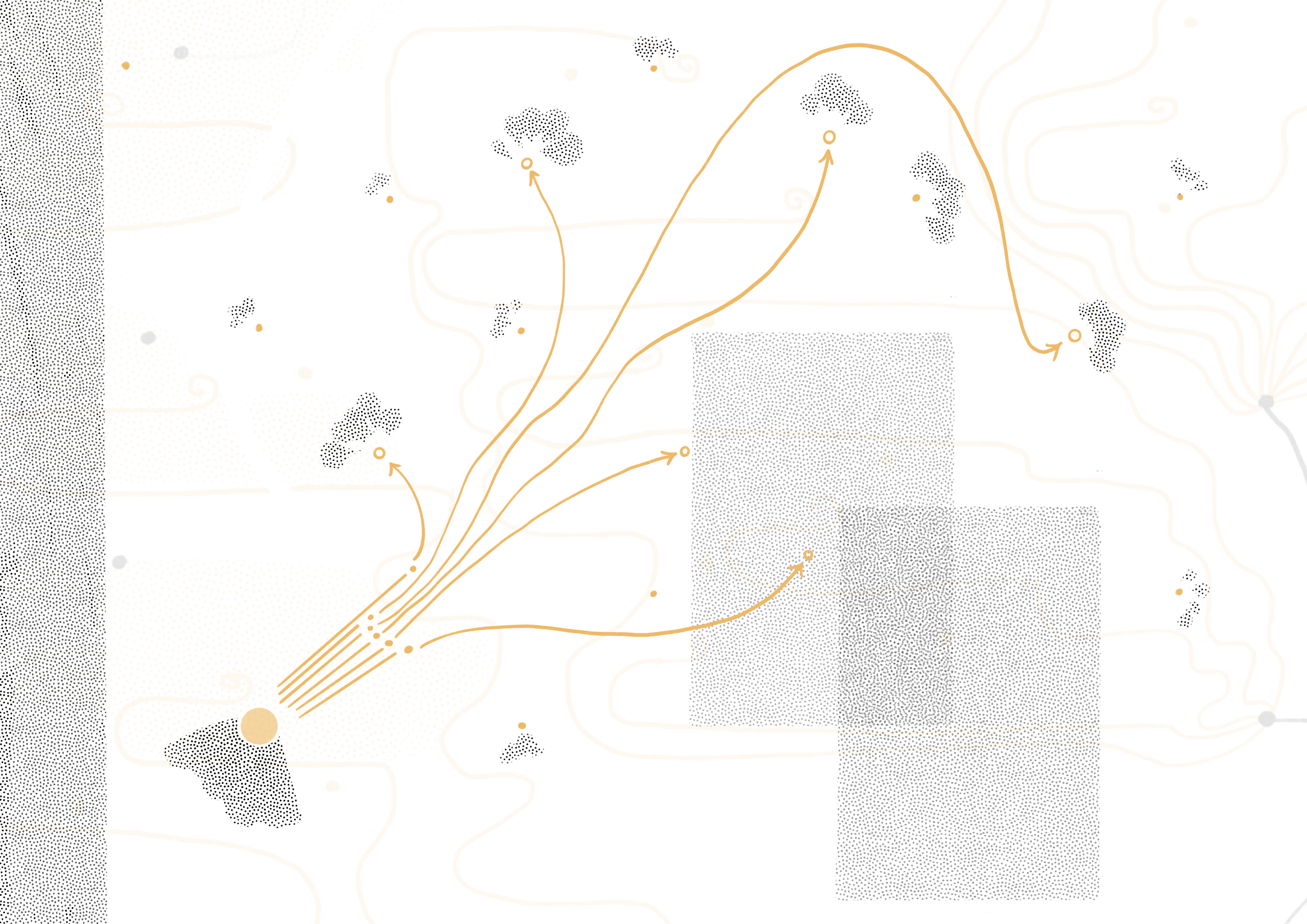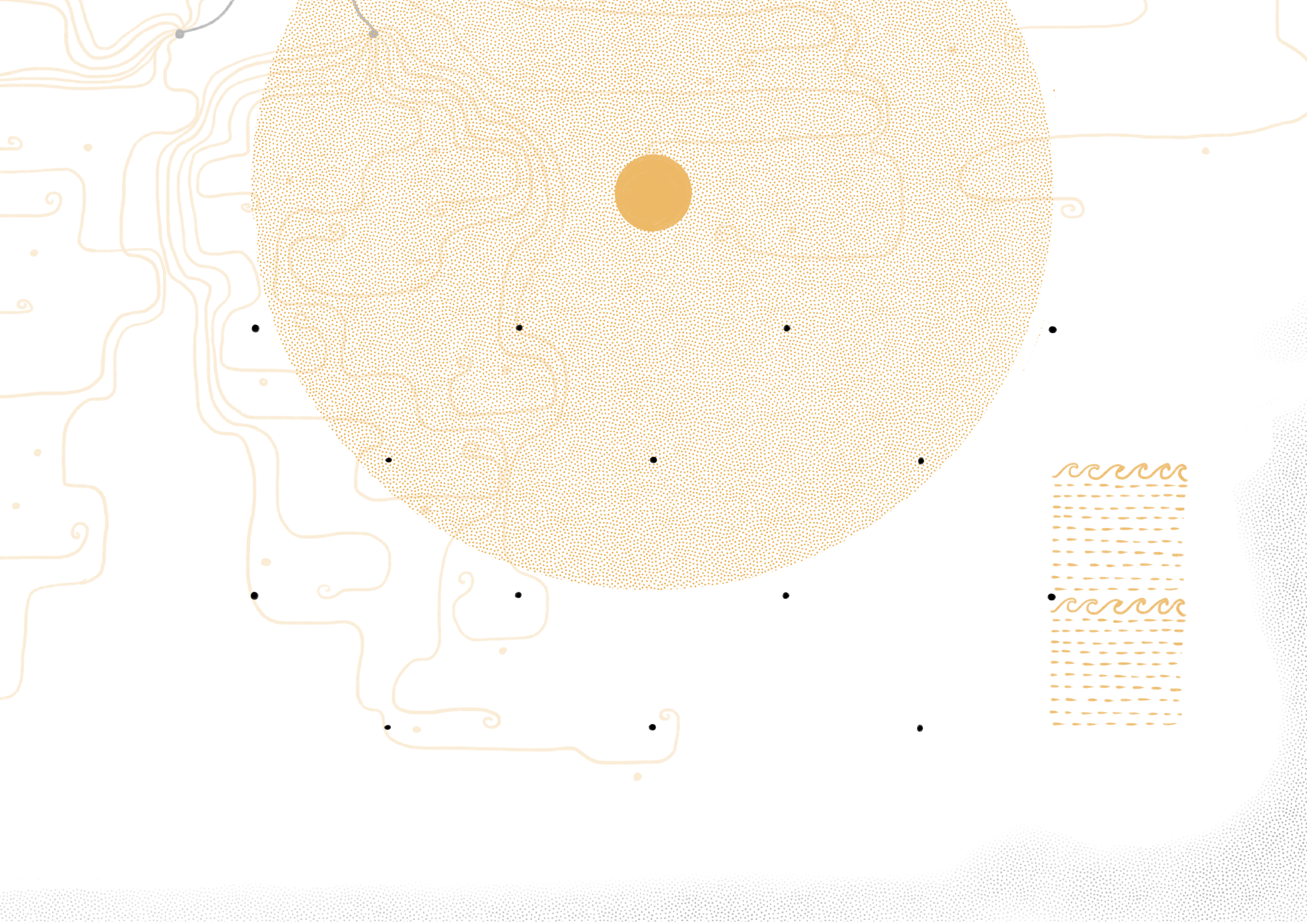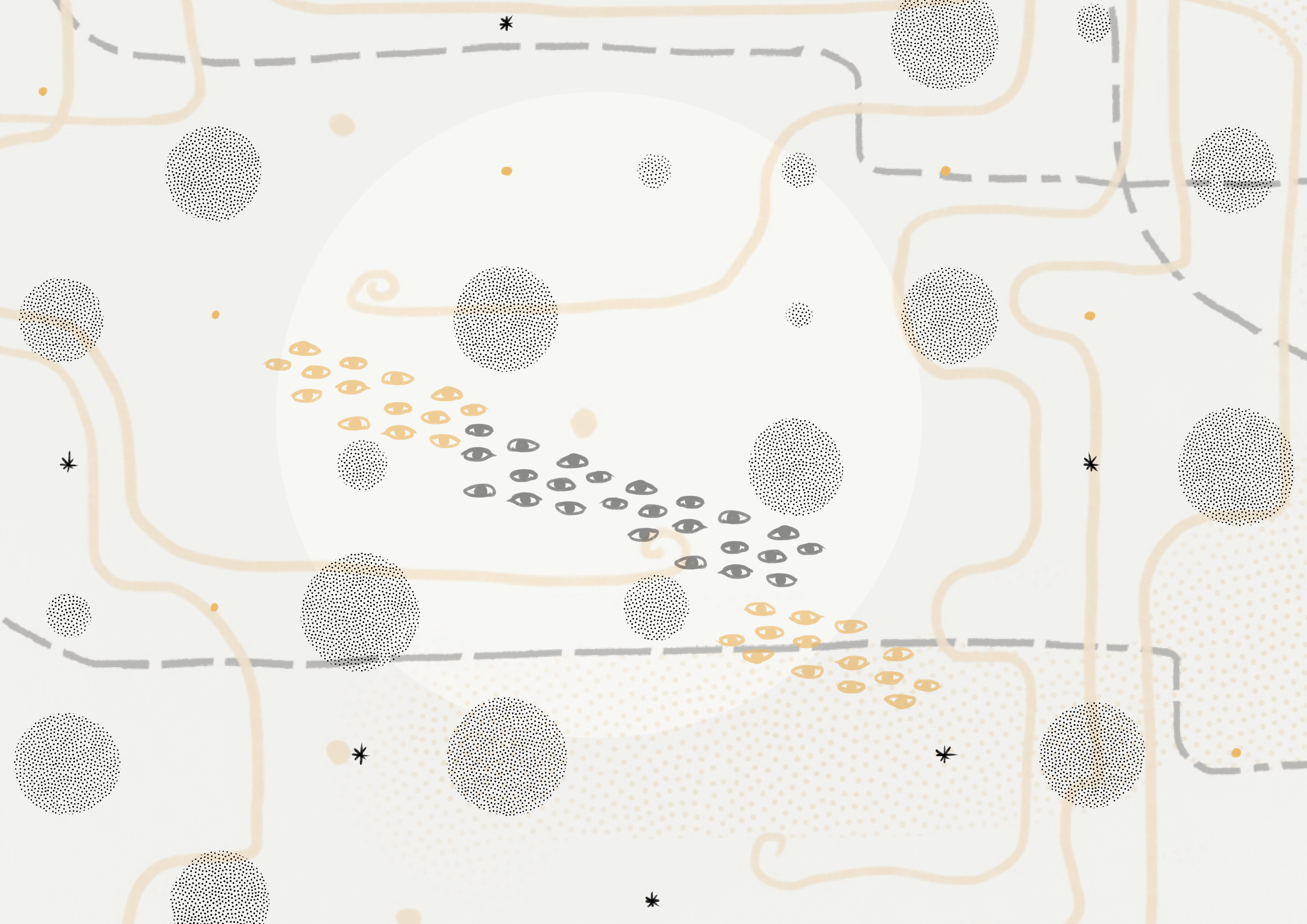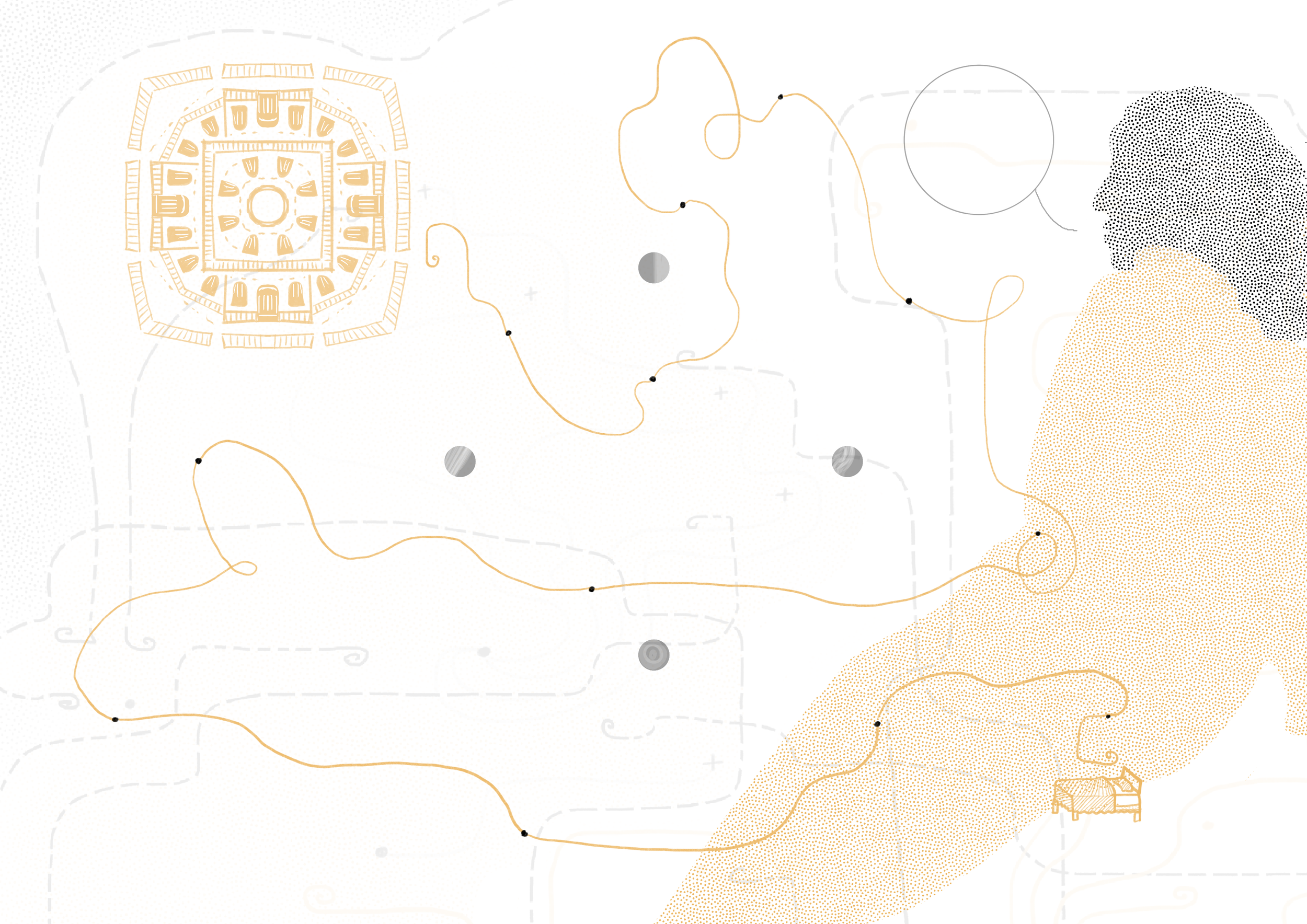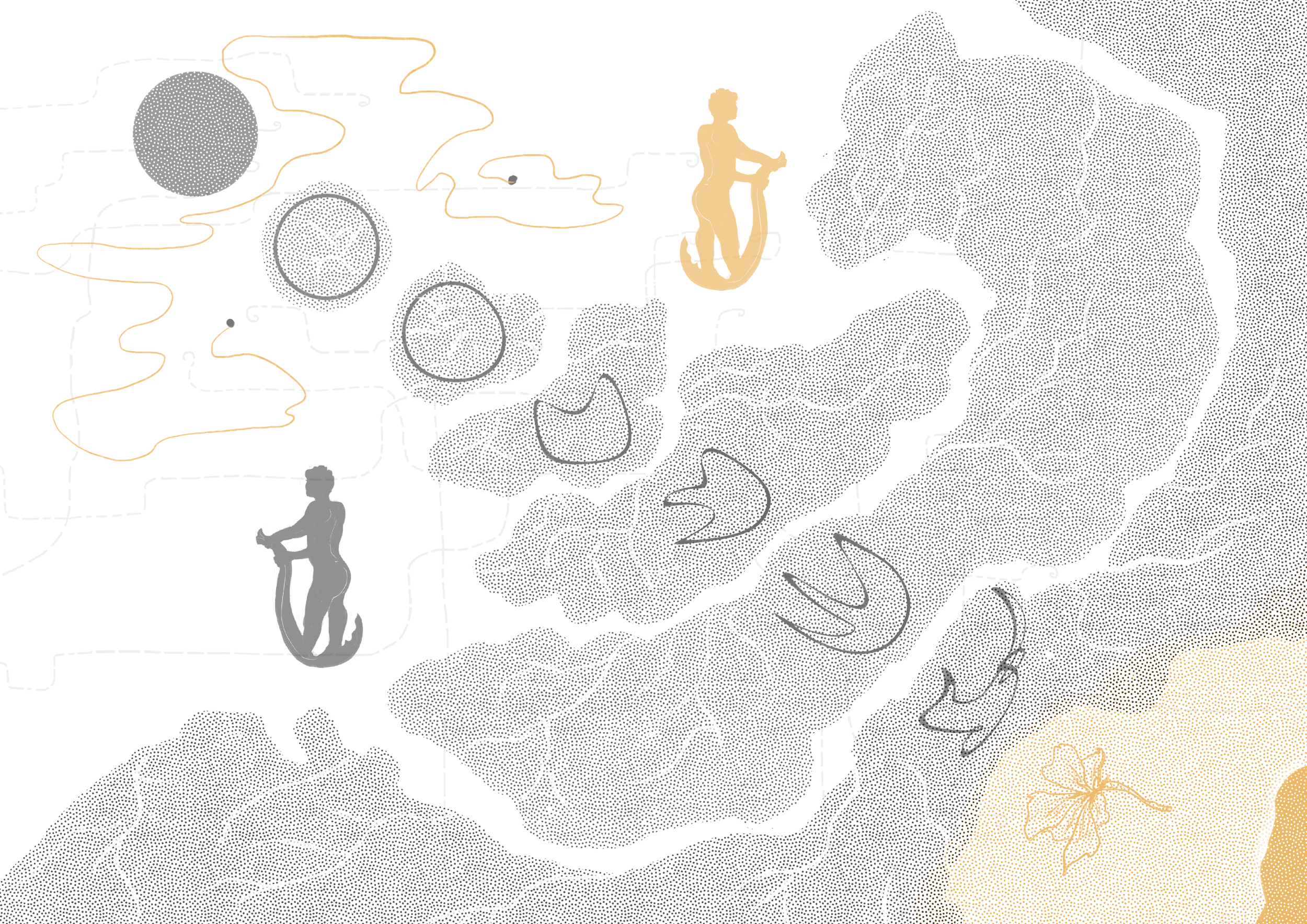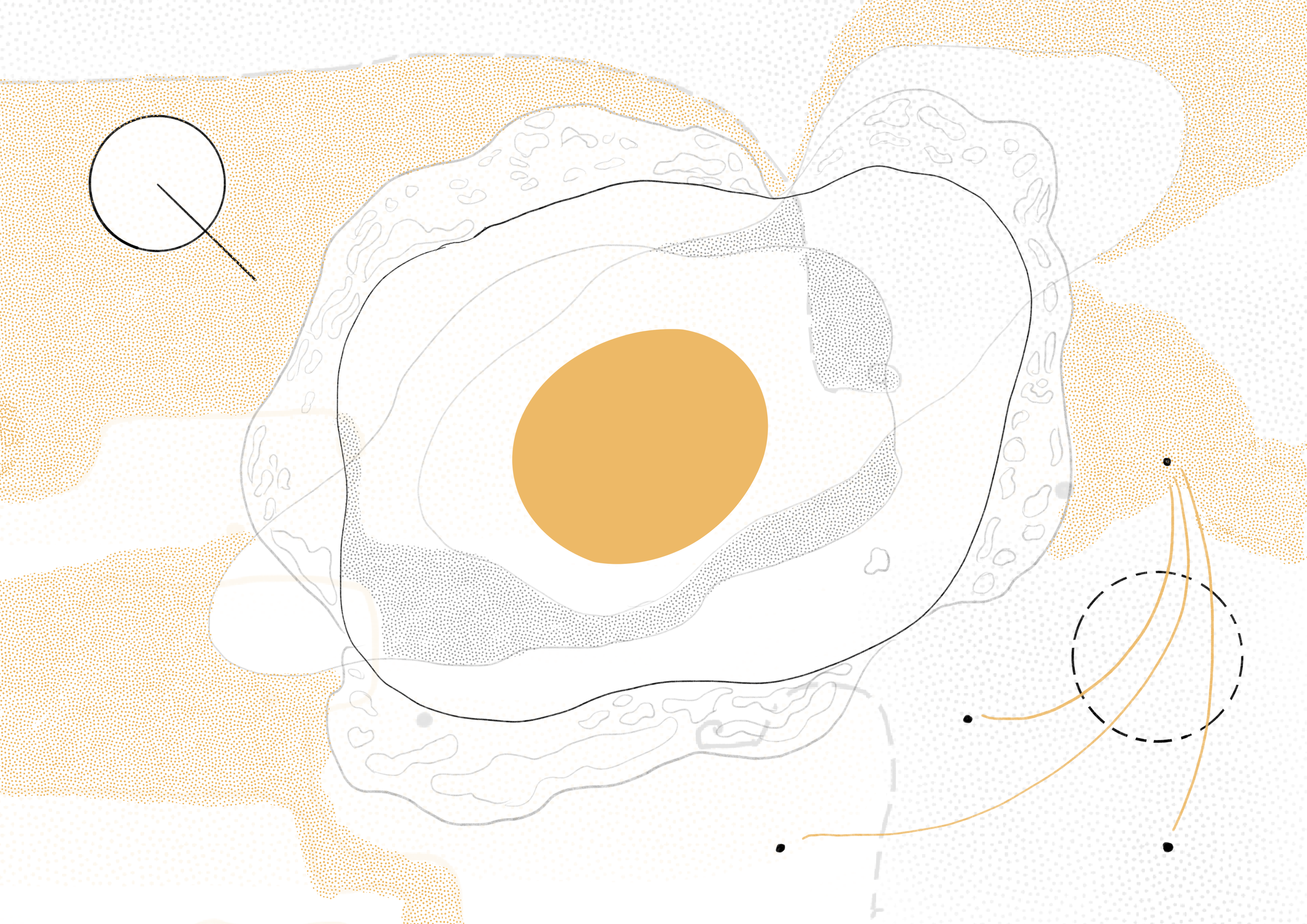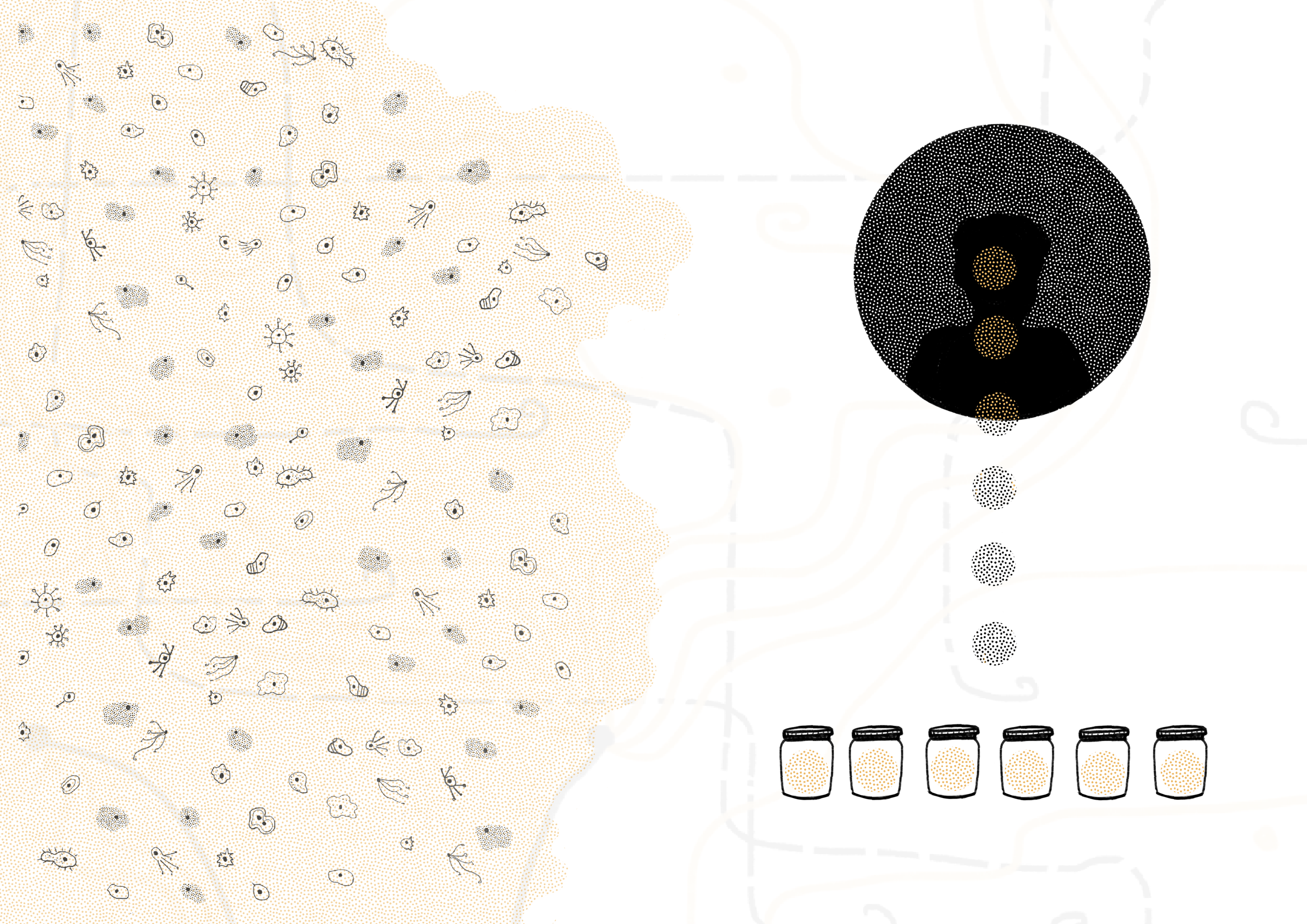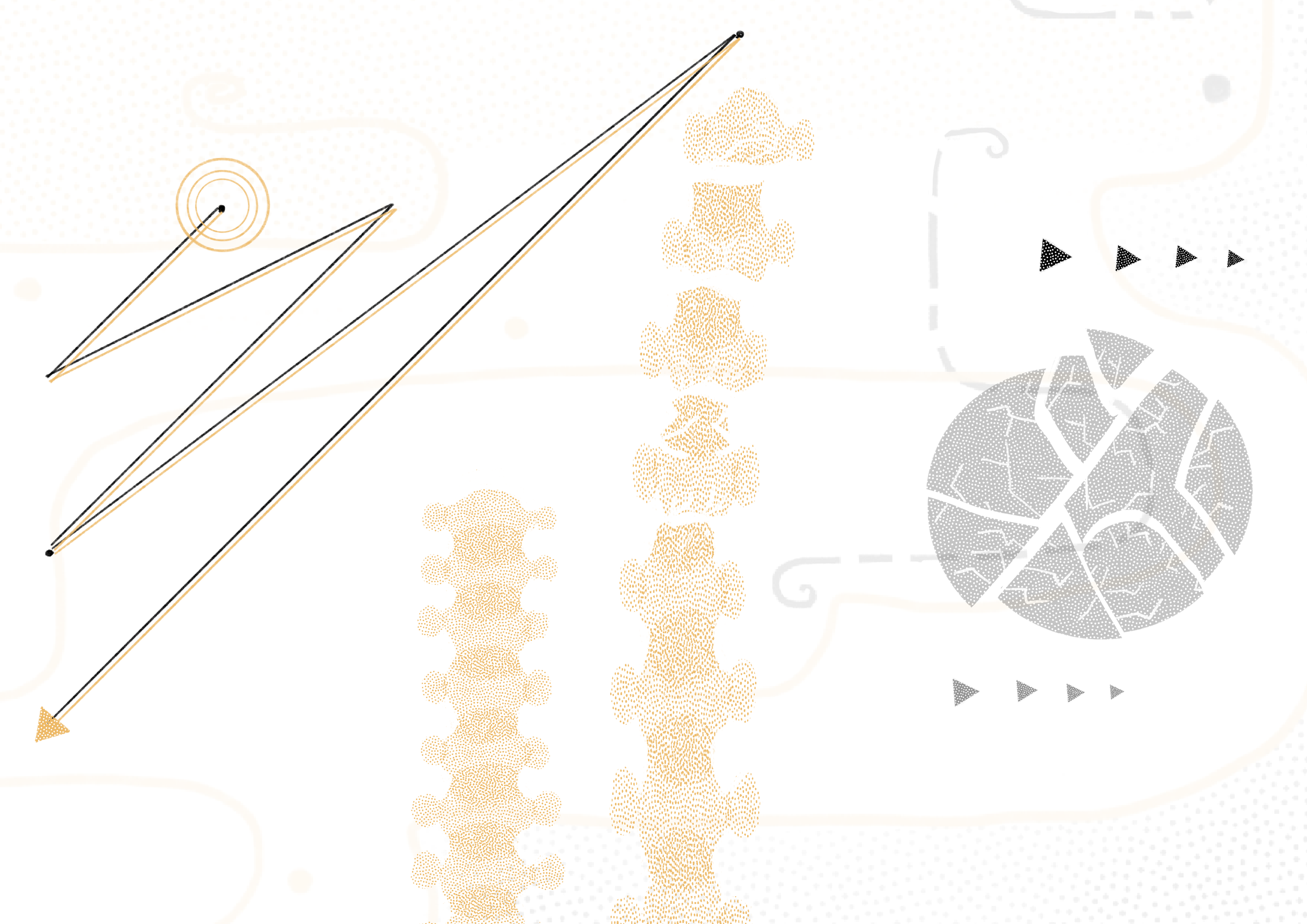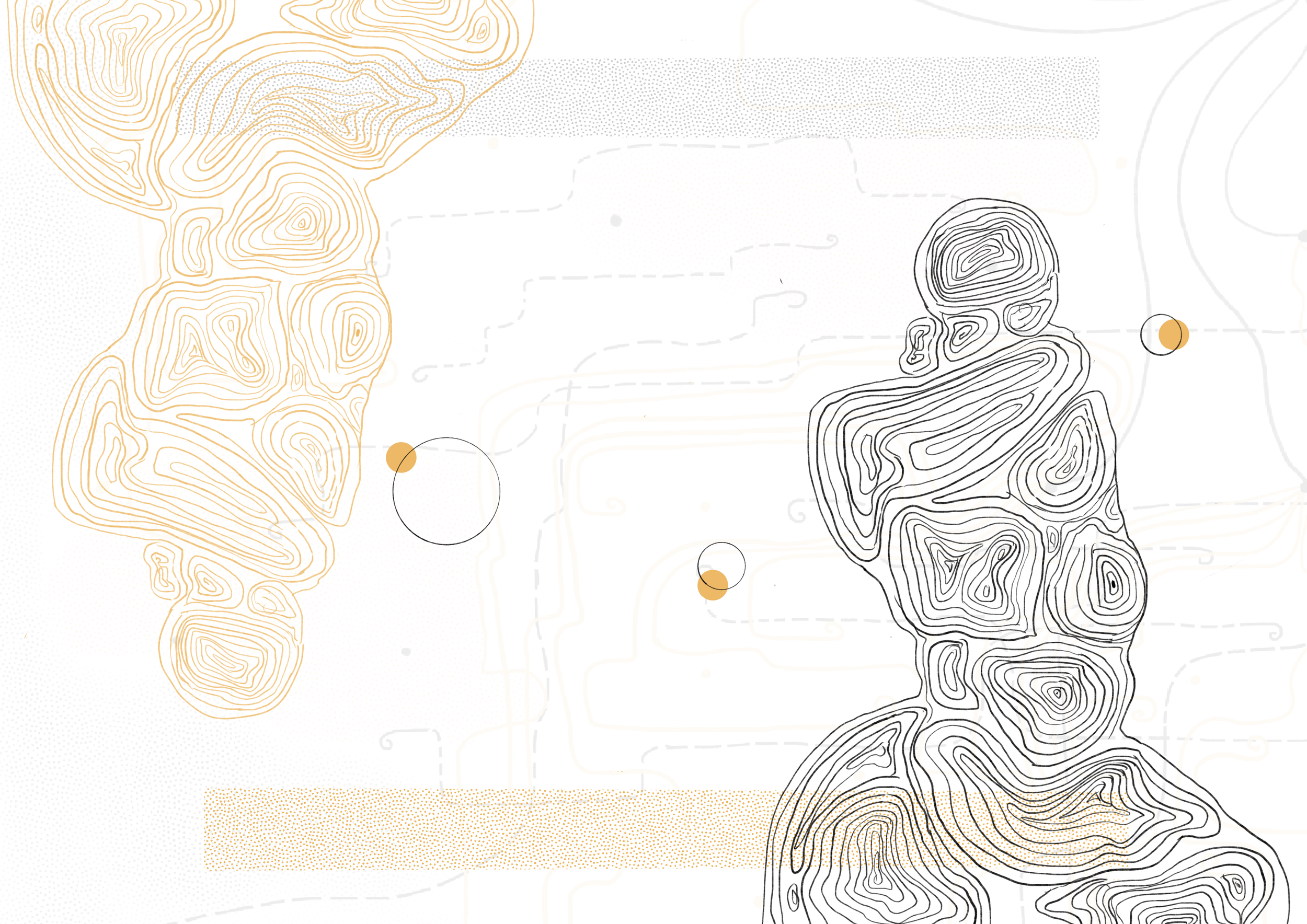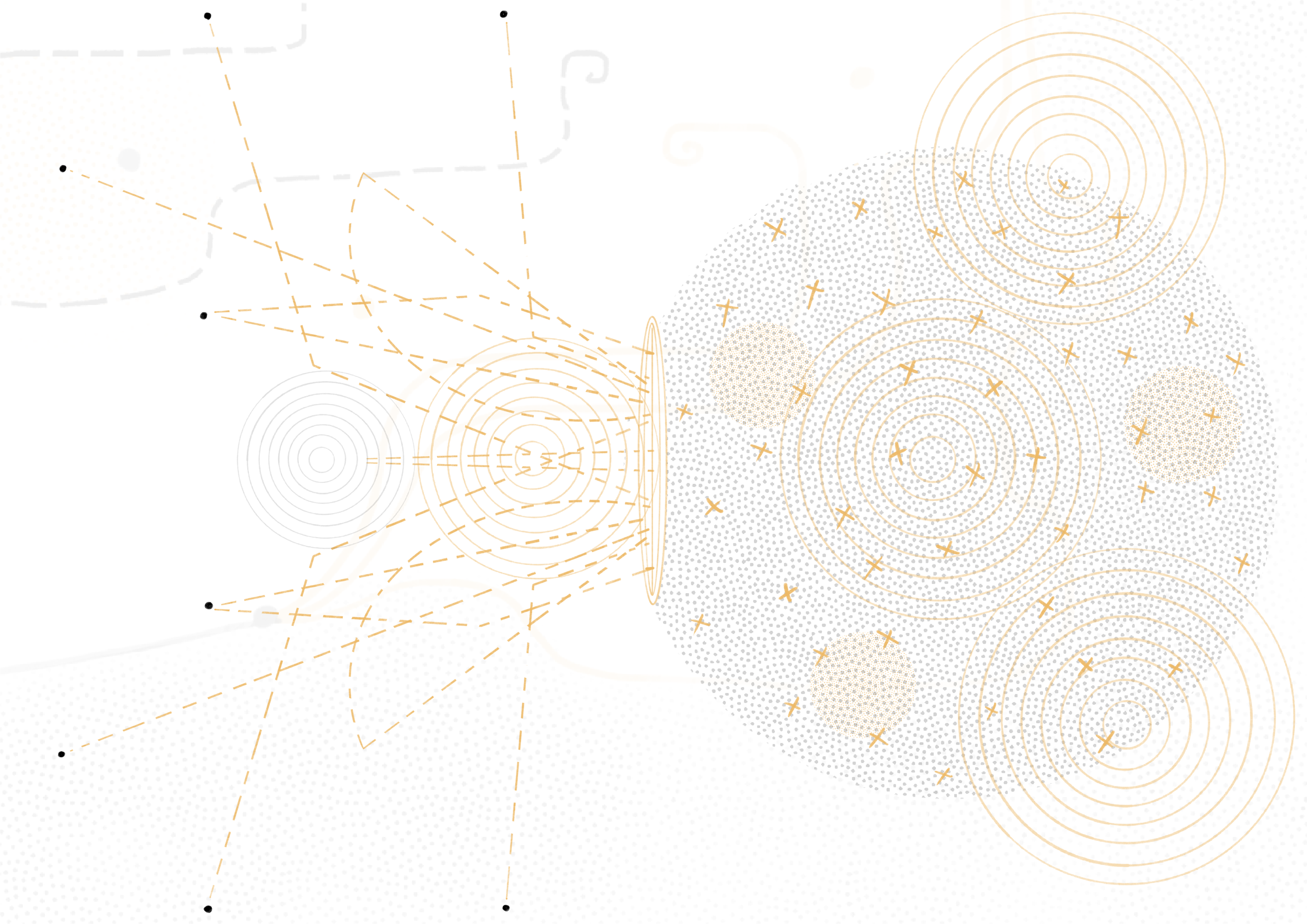Last(ing): Week 3
RANJANA DAVE
Have you ever listened to the silences between your breaths? Specifically, the gap between an exhalation and preparing to inhale again, before the body starts reorganising itself to make space for a new breath. Those few seconds have a void-like quality to them; full of emptiness, and thus, strangely, of possibility. Nothing is happening, because the body has ended a cycle of breath. Yet, this is a charged silence. Something can happen, and I sense every pore and cell in the body relinquishing its hold on breath, steady in the belief that new breaths will return. When I listen with care, I am awed by how the body does two things at once – basking in the void, and crackling in anticipation of its return to breath. I am moved by its faith: that breath will come. Breath, which will return me to lists of things I must do, the thought of breakfast, taps that need fixing, and lists of things I think I should do. After breath, there is that charged silence again, a sensation of the body being in two states at once, which I later yearn to find (and hold on to) as I see to the fixing of taps.
Let’s try this together. Breathe in for four counts, breathe out for four, and then listen to the void for four counts. How does your body occupy the void?
In: 1 2 3 4
Out: 1 2 3 4
Listen: 1 2 3 4
How does your body prepare for breath?
Week three of Last(ing) opens with a post-human exchange staged by Anish Cherian and Vidur Sethi, where two metamorphosing figures, Zoe and Whippersnapper, engage in a ‘last conversation’. As I write this note, I paste stray lines from their letters to each other into an AI chatbot. Who are the players in this ‘post-human’ conversation? How does the leaky body persist in its incoherence?
Snippets of text by Anish Cherian and Vidur Sethi, in conversation with an AI chatbot on https://chat.openai.com/chat
In another work, puppeteer and arts practitioner Kapil Paharia creates an intimate conversation around his peers’ memories of their last performance, their last engagement with the tools of their practice. They discuss the materiality of this last moment, the objects they brought into spaces and removed from others, and the nostalgia of leaving moments and ideas behind. That moment of invoking the last performance/ rehearsal into being is not unlike the void between breaths: tinged as it is with the need to keep doing in the present, and the imminent loss of not having to do anymore. .
Listening is an action, Tanima insists, not something that passively happens in the gaps between action. She writes from her position as one voice among an evolving ensemble of performers in Mallika Taneja’s Zanana ka Zamana, performed during the protests against the Citizenship Amendment Act in New Delhi in 2020. She talks of the countless harmonies and polyphonies that hold us together, voices and people. Singing together requires fresh calibrations of what it means to be ‘in tune’, to hold a note, or to reach up for another in the reassuring company of other voices. Breath makes voice, Tanima reminds us, resonating, with different intensities, in different parts of the body.
In: 1 2 3 4
Out: 1 2 3 4
Listen: 1 2 3 4
How does your body prepare for breath?
